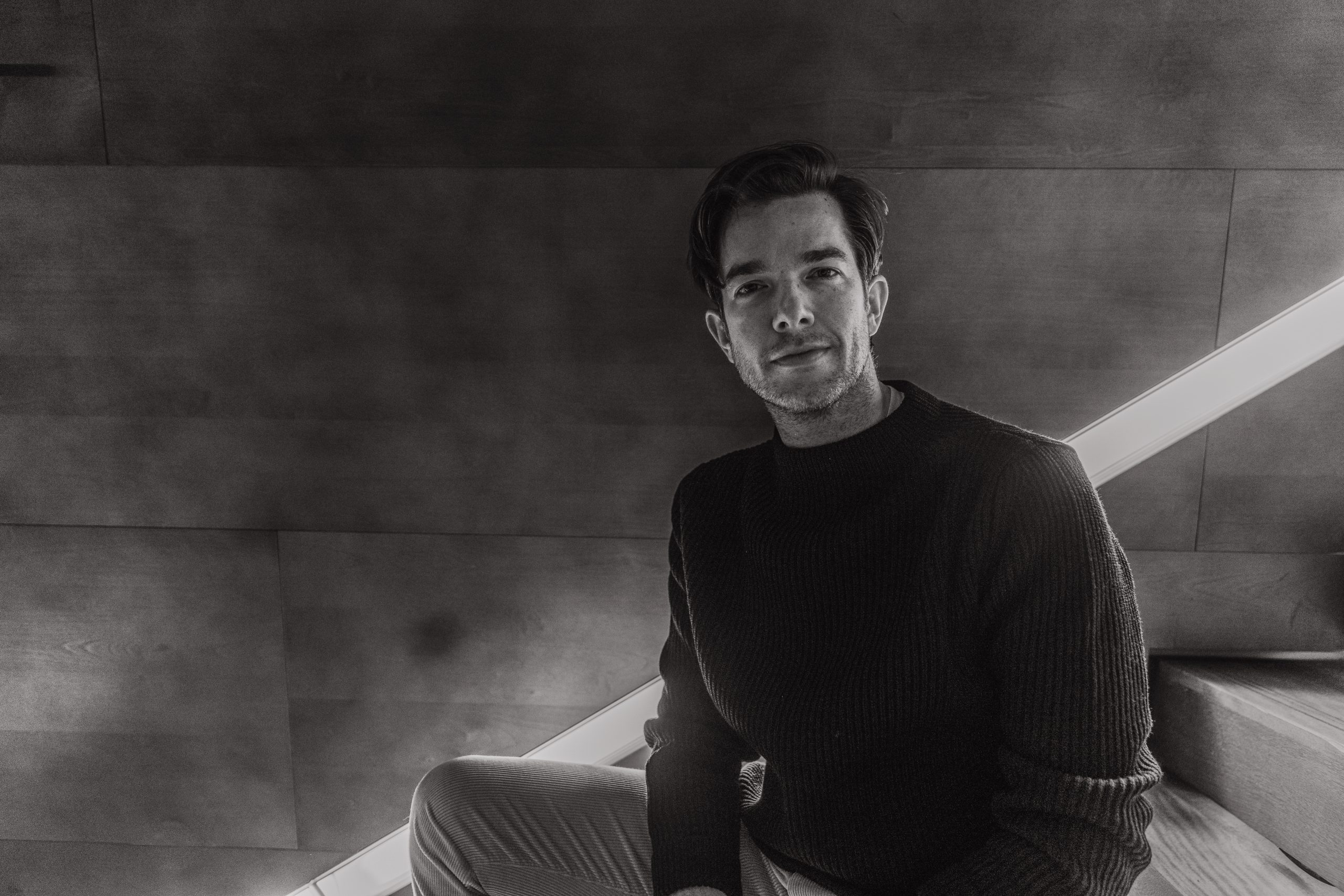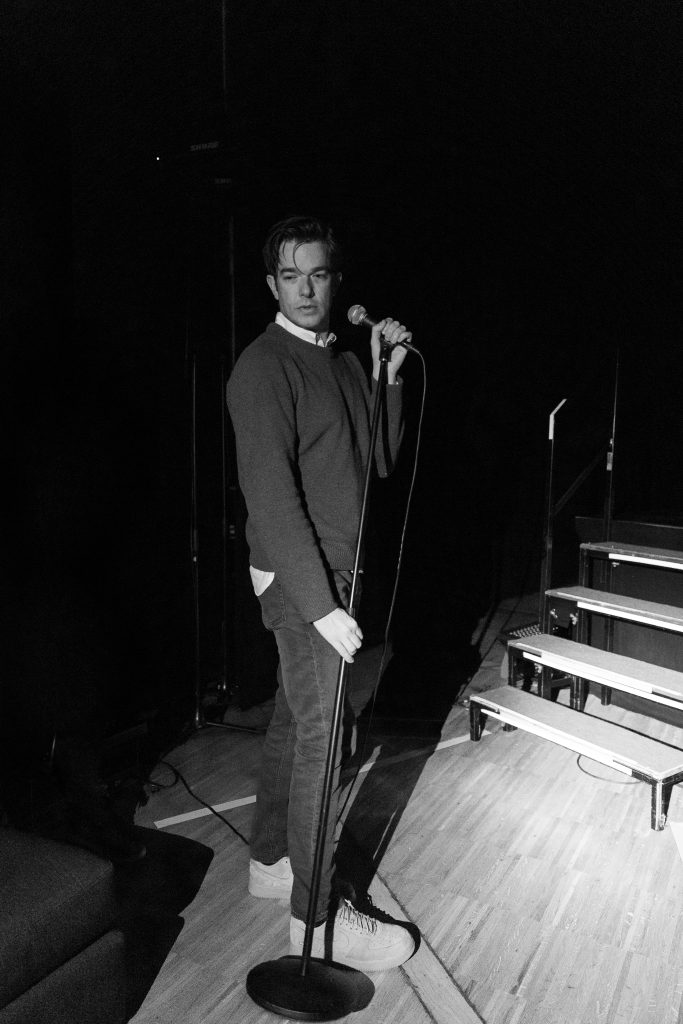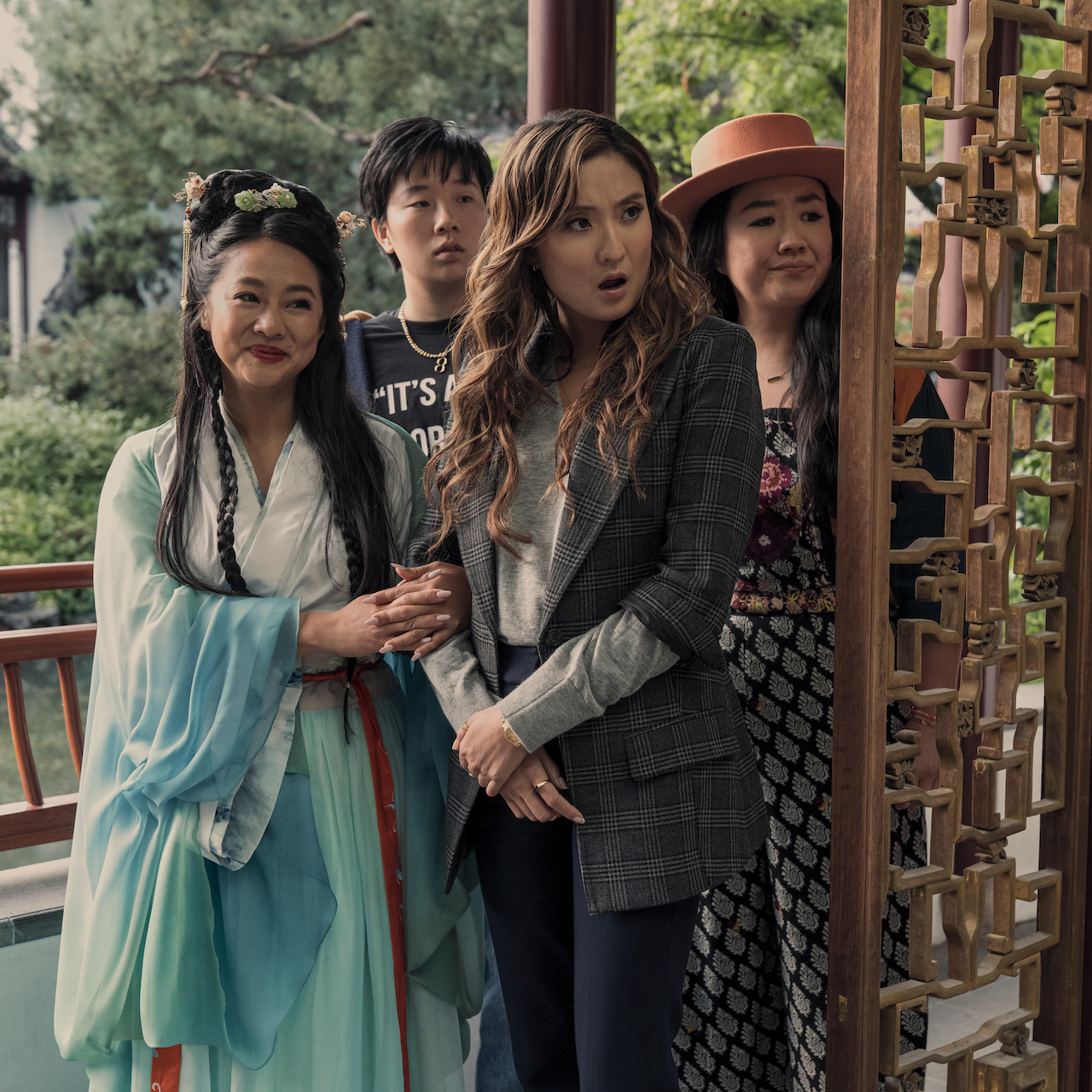
John Mulaney had only been working in comedy for five years when he landed a role as a writer at Saturday Night Live in 2008. “Hilariously, I felt seasoned when I got to SNL,” he told For the Record. And he may well have been—after four hysterical years, John left the show and went on to create his own stand-up tours, TV series (Big Mouth), and the Broadway show Oh, Hello. He’s renowned for his wit and one-liners, which are what make his most recent special, Baby J, so peculiar and compelling.
“Baby J” is a “wide-ranging conversation” on John’s life over the past three-plus years following a drug intervention 20 comedian friends held for him. Full of winding stories and recollections, it’s a fast-paced, full-throttle hour full of laughter with a fair bit of cringe. The show is available for streaming on Netflix and the album is available on Spotify.
John’s an avid lover of audio and is conscientious about the medium as it relates to comedy. He’s also a podcast aficionado, which is how he discovers some of his favorite New York haunted places stories, and a music fan. He recently created a Spotify mixtape featuring the early Sun Ra song “Dreaming,” Television’s “Days,” and Bo Diddley’s “Say Man” that John wants to claim as “the first diss track ever.”
For the Record had the opportunity to sit down with the comedian for another wide-ranging conversation.
You spent more than four years working on Saturday Night Live. What are a few of the lessons you learned while writing for the show?
The biggest thing I learned is that sometimes you have to burn the furniture, which means that if you have a really good idea and you’re saving it for a couple of weeks from now and you’re faced with a show that looks a little light or a host that you’re having trouble coming up with ideas for, sometimes you have to use your best idea right then and there and not save it for the future.
You have to make decisions. When you write a sketch at Saturday Night Live, you’re the producer of it. You’re in charge of the sets, the costumes, the look of it, any pre-tapes, any special effects. And you have a couple hours, max, to make most of the decisions on a sketch, because then you have to get into the actual doing of it.
This has played out in other career aspects. Just make decisions—you might make the wrong one. What seems to unnerve other people and what seems to shake the confidence of something is when you can’t make decisions. If someone asks you, “This one or that one?” just say, “That one!” You might be wrong, but you have to move forward. A lot of things die on the vine of indecision.
Who are some of your biggest comedic influences and inspirations?
Comedian Taylor Negron. He passed away close to 10 years ago, but he had a monologue he did for The Moth, and it’s about how he had a pet monkey as a kid. It’s really slow. There’s a real presence he has, and a real pace that I love. He even steps back from the microphone during laughs in a way that I’ve always liked. But I’m trying not to rush through things as much, which is what I did for the first 20 or so years.
But I think about Taylor a lot onstage. His pace has a real warmth to it. I think much less about drawing inspiration from people’s material or their point of view. Just stage presence stuff. That’s always been a little more interesting to me.
That seems to be apparent in your latest work. In your earlier stand-up specials, your bits are often no longer than two minutes. Meanwhile, your Baby J stories consistently clock in over five minutes. Was this an intentional style shift?
The New in Town special I did for Comedy Central a handful of years ago had a mix of one-minute jokes and then one pretty long story at the end. I followed a model of having these very concise tracks—a way to talk fast if you’re listening while driving and it comes up on shuffle—and then less snappy, big chunks.
And then with Baby J, I found I wanted to string together as many moments as I could per track, because I’ve found that people have a memory for what joke went into what joke. People say, “Wait I remember he went into something else from that!” So if they’re on shuffle, the moments feel cut off. So I tried to keep as much stuff married to each other as possible, to keep all the jokes that were the same orbit as each other together.

It’s interesting to hear you talk about the way you’ve thought about your work in audio versus filmed. Why do you find it beneficial to have your shows on multiple types of streaming platforms?
There were two things that really marked when I was lucky enough for my career to take off. One was when the New in Town special went to Netflix. The other was when I started to become the second-most-played Pandora station when people would search, say, Jim Gaffigan. And it happened with a few other very big comics at the time. And I just found that a lot of people were listening to the first couple albums that I had because of that. And they were hearing them on shuffle. And I thought, Oh, any of these tracks could be the absolute first introduction someone has to me. Each of these has to talk fast.
There’s a tendency on comedy albums to shorten laughs after tracks. But to me, I was like, no, I need that person who’s hearing me for the first time to go, “Oh that joke killed. What was that again?”
Baby J is a departure from some of your previous work when it comes to subject matter. What’s the role of comedy in tackling difficult topics?
I don’t think about it. All I thought in this one was, I’m looking to make the funniest special possible, and these are the topics. And these are the parts of my life I’m going to share. I did not want to lean on the pregnant pause of “Isn’t this serious?” That bored me, personally. And I wanted to make a really joke-heavy, funny, big production special with this material. I didn’t think the way I presented it was dark; that wasn’t what I was trying to do. I want to get every laugh out of this. I could take out the interesting, eccentric details and make ya just sob.
In the special, you talk about the most haunted place in New York. What’s the appeal?
I’ve read a lot about haunted New York, so all my picks are heavily influenced by lists that are online. That vacuum cleaner store on 14th between 5th and 6th, I heard about that on a podcast called The Bowery Boys. It was a boarding house—some heavy poltergeist things happened there. Also, there’s a restaurant called One If By Land—it’s voted the number five most romantic restaurant in the world—and it’s also heavily haunted. People have felt a hand brush the back of their head; people’s jewelry has been snatched off. Really dates back to Olde New York.
I also just got a tour of the abandoned prison in Joliet, Illinois. When it closed in 2002, it was a max security prison, but when it first opened it was for those convicted of property crimes. Over time, some of Chicagoland’s worst murderers were imprisoned there. I was there touring it, as one does on a Sunday afternoon before a show. And while walking around death row, I thought, This is a heavy place. Why do I always seek these places out? I have a show to do. We’re about to go to lunch. This is a lot of ghost weight to take on.
What’s one of your favorite comedy moments of all time?
Examine Doctors from Nichols & May. There’s a moment in the last track in the album—it’s an outtake of them not being able to get through a bit because they’re laughing so hard. It’s one of my favorite things that’s ever been recorded. It’s just ridiculous and it’s very 1950s, but it’s amazing watching two people who are making each other laugh that hard. I haven’t heard a lot of recordings that really capture what it’s like when you and a friend are making each other laugh so hard. It’s the best. I would like that turned on when I’m dying, if I’m in a hospice situation.
Spotify is expanding into Audiobooks. Have you listened to anything good lately?
I listened to Philip Norman’s biography of John Lennon this week while I was traveling. I’m a huge Beatles fan, as billions of people are. Bizarrely, I think so much more about Paul and George’s contribution, but it was really John’s band. It was interesting to think about his career as the leader of the group until about ’66, ’67. Then how he developed an insecurity over his output versus Paul’s. It kind of highlighted a career lull that I can relate to, where you’re killing it, and then you’re not anymore—in your own eyes. And maybe someone else is carrying the workload. And that’s fine, because you just carried it. But it’s not fun because you want to stay at the top of your game. But I can see how huge a power shift in a group like that would be. I just found it really interesting. It’s always interesting to get into the humanity of someone.
What can fans look forward to?
I plan about three months into the future. I’ll be doing stand-up. And I’m working on a couple of things. So they’ll be able to expect . . . talking a little slower.
Watch or listen to Baby J, then stream John’s mixtape on Spotify.










Recent Comments